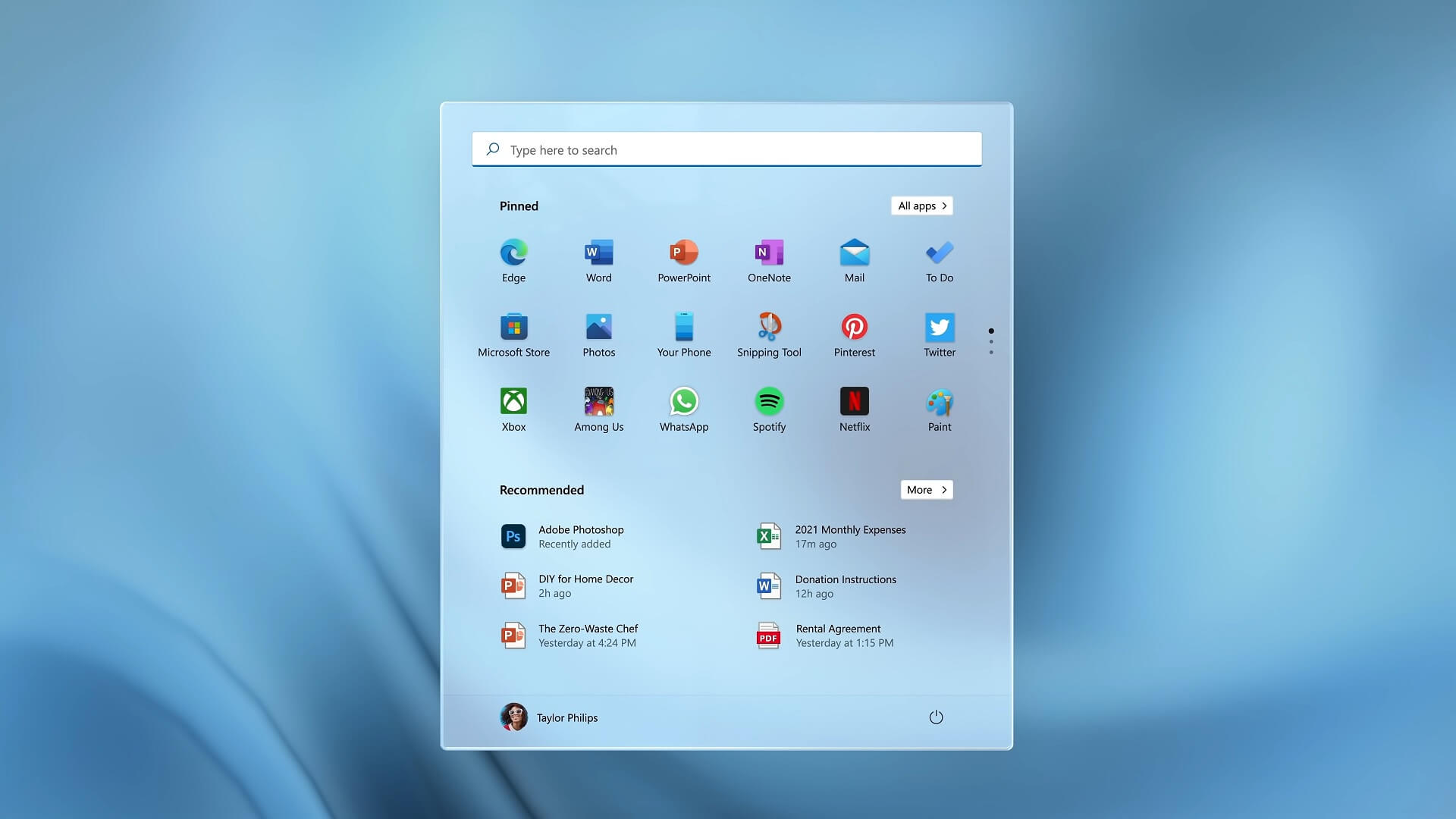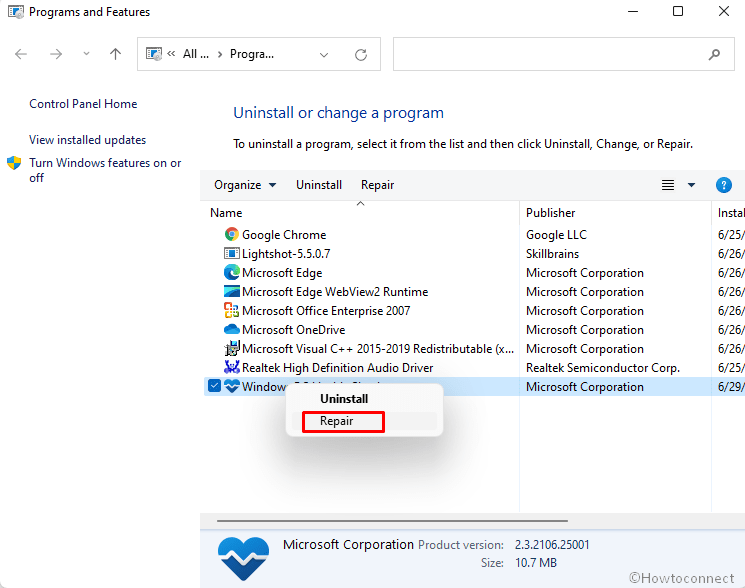

Hardware Configuration - Checks on the disks, system, desktop rating (Windows Experience Index), BIOS, devices, interactive session processes, logged on users and user accounts.Software Configuration - Checks on the OS, Security Center, system services and data on start-up programs.If there are any performance related issues, the status indicator would change, and you would need to expand out the relevant section in the report for the component that reported a problem. The Performance area provides process-level detail about the top consumers of resources for CPU, Disk, Network and Memory.You can also expand each of the sections under the Basic System Checks section to get more details. There are hyperlinks that you can use to get additional information about resolving issues. Device and Service failures are also displayed. The Warning area will display different warning and informational events.Diagnostic Results - Shows you warnings for errors and basic system checks, and gives a resource overview of performance.System Diagnostics Report - Displays title, computer name, date and time the report was collected, and duration to generate the report.

This can be a very useful tool for troubleshooting problems and for a great source of information on your system.Įach category shown in a system diagnostics report can be expanded by clicking on the button on the far right. When the report is generated, you will see a list of: the status of any critical components on the computer, whether or not the problem has been detected, and any possible solutions you can try. This report includes suggestions for ways to maximize performance and streamline system operations. How to Generate System Diagnostics Report in Windows 10Ī system diagnostics report is a part of Performance Monitor that details the status of local hardware resources, system response times, and processes on the local computer along with system information and configuration data.


 0 kommentar(er)
0 kommentar(er)
